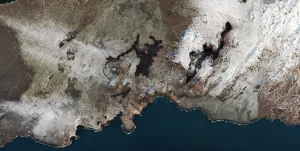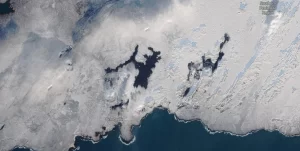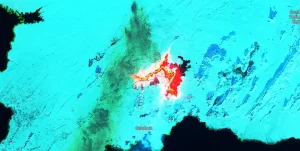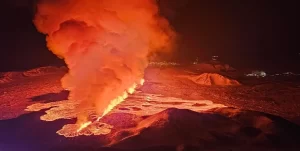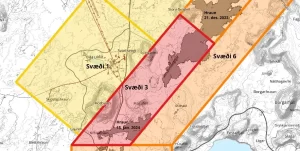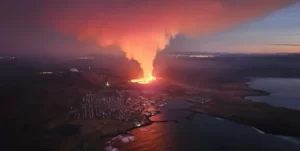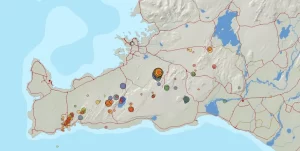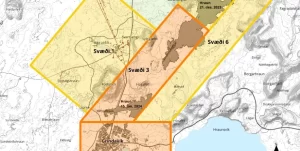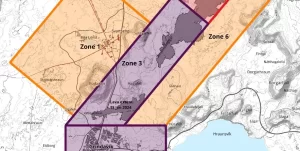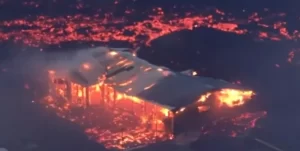Iceland evacuates Blue Lagoon and Grindavík amid intense seismic swarm, fear of new eruption
Iceland evacuated its world-famous Blue Lagoon and the nearby town of Grindavík in Reykjanes Peninsula on Saturday, March 2, 2024, due to an intense seismic swarm indicating a new fissure eruption could start any moment.

